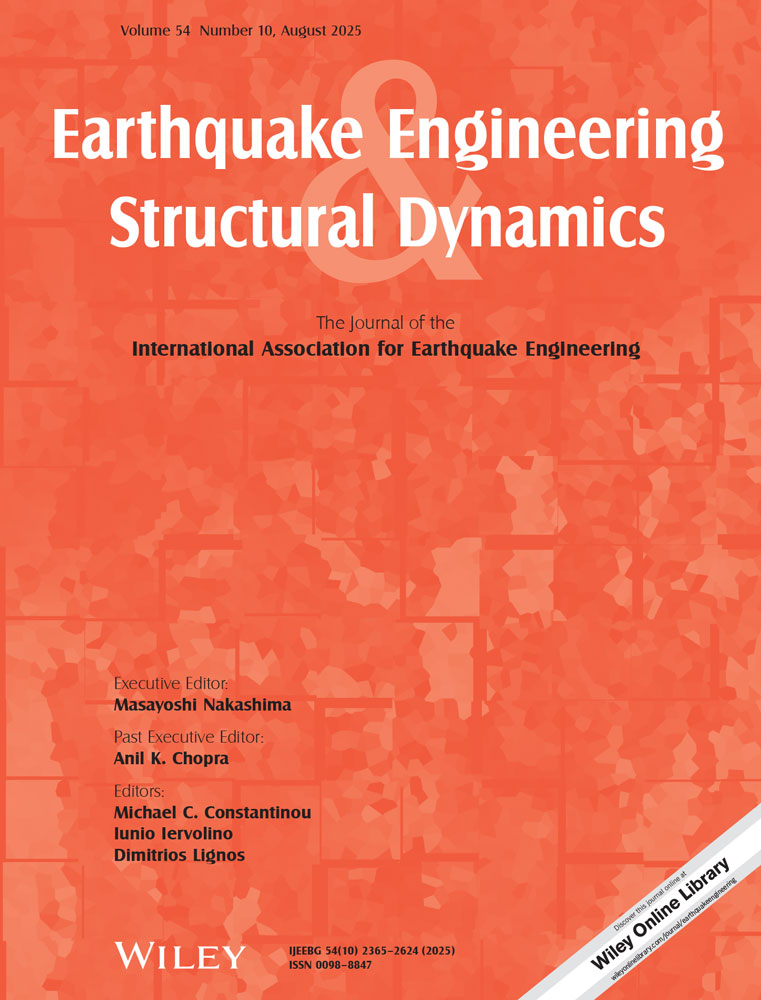Response spectrum modelling for rock sites in low and moderate seismicity regions combining velocity, displacement and acceleration predictions
Abstract
Seismic hazard modelling for regions of low and moderate seismicity is often hampered by the lack of indigenous strong motion data. Thus, empirical attenuation models developed for analogous ‘data rich’ seismic regions have typically been used as the basis for defining the ground motion attenuation properties of the subject region. Alternatively, limited data recorded from small tremors, or aftershocks, have been used to extrapolate the attenuation relationships of potentially destructive but infrequent, large magnitude events. However, as explained and demonstrated in this paper, both approaches are prone to error in the absence of a rational and viable analytical framework to support their application. Addressing this, the methodology introduced herein combines the component attenuation model (CAM) (developed in the companion paper (Earthquake Engng Struct. Dyn. 2000; 29:1457–1489) with observations on local isolated earthquake events, to determine representative design response spectra for both force- and displacement-based seismic applications.
In CAM, the acceleration and displacement response spectra may be constructed very conveniently, and with reasonable accuracy, using simplified expressions for the spectrum corner periods and the response spectral velocity parameter, for regions of different geological conditions. The comparison of the response spectra determined by CAM with similar response spectra described by numerous well known empirical models (derived in data rich high seismicity regions) provide very useful indications of the credibility and advantages, as well as the limitations, of CAM. The implied increasing stress drop with increasing moment magnitude is a significant observation from the comparative study.




